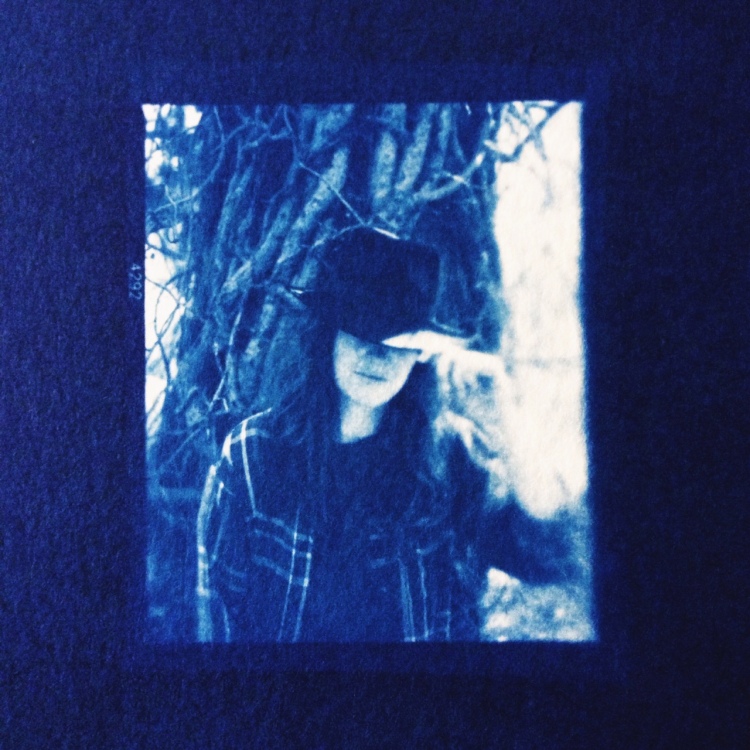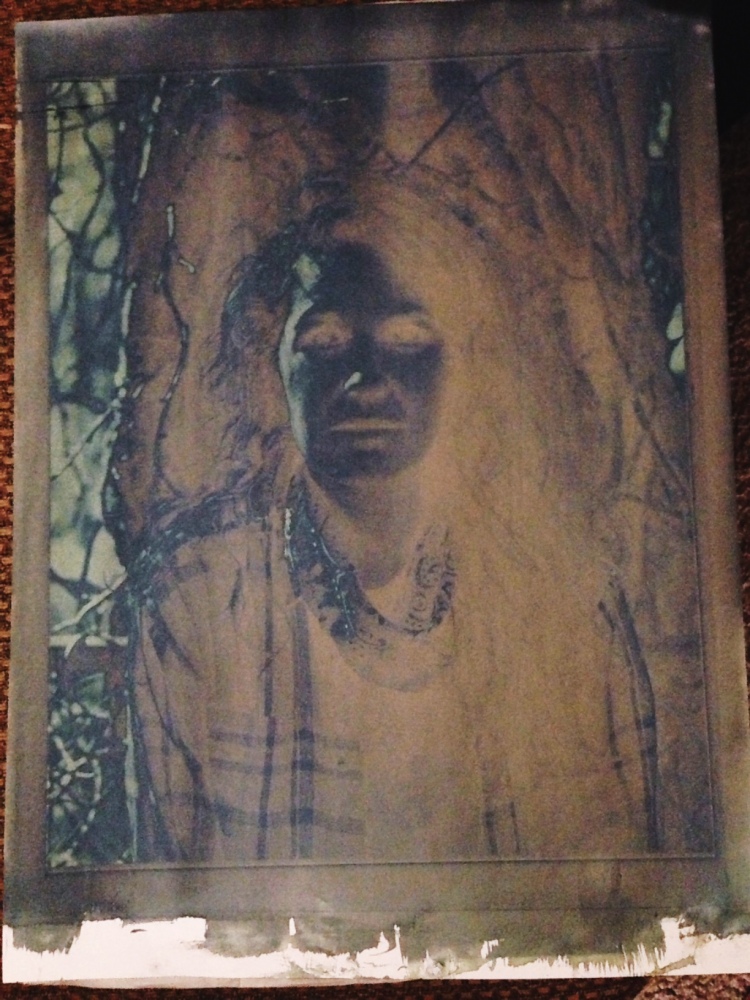The cyanotype process was discovered by Sir John Herschel in 1842. It’s a photographic process made from a light sensitive iron based solution painted onto thick paper (or fabric, wood, ceramic… basically anything porous). A lot of people use this method to make photograms, which are images made by placing an object directly on the paper (contact printing) such as flowers and leaves. Botanist Anna Atkins used the cyanotype process to document different kinds of algae and was the first person to publish a photographic book, Photographs of British Algae: Cyanotype Impressions.
I’ve been working over the past couple months on my cyanotype set up at home. I built a UV light box to print with because light boxes are more reliable then sunlight. You can see how I constructed my light box here: LED UV Light Box DIY. I use the Photographers Formulary cyanotype kit which comes with all the chemicals you need plus instructions. The images I make are pretty big, 16×20, so I use a local photo lab to print my digital negatives.
This is a really great, hands on process. It’s easy to learn but not without its challenges. Figuring out exposure times and contrast control can depend on the type of paper you are using, your chemical mixture, UV light source and other things. However, the process is so rewarding these minor setbacks feel more like a fun puzzle.

First cyanotype before washing…

…and after washing.

Printing digital negatives in the photo lab.

Little cyanotype printed from original negative.

Little cyanotype printed from original negative.

Large print after exposure, before washing.

Prints drying.